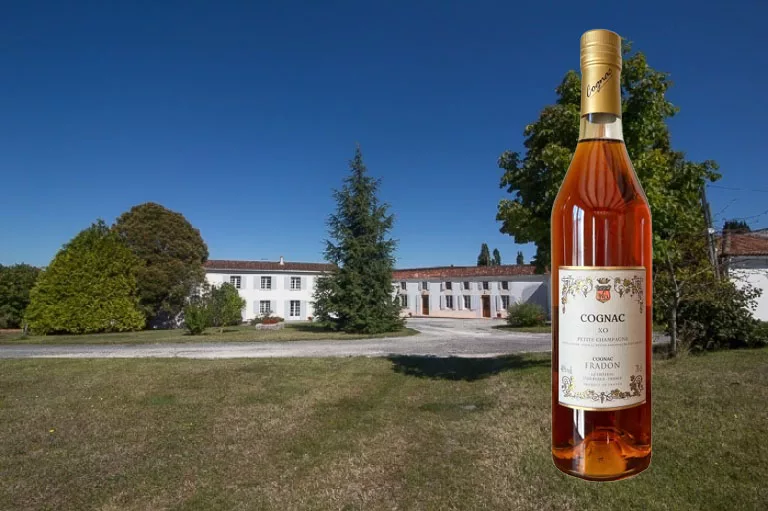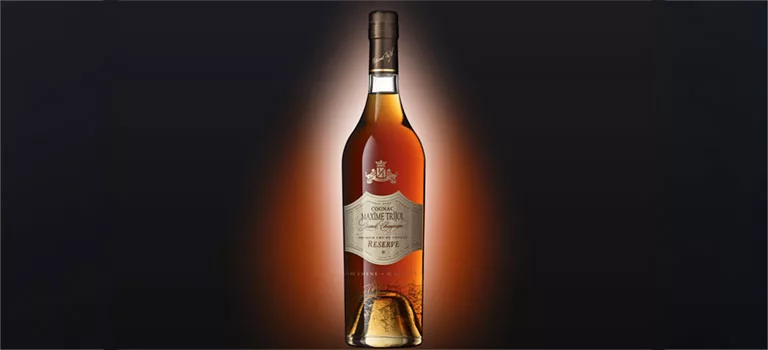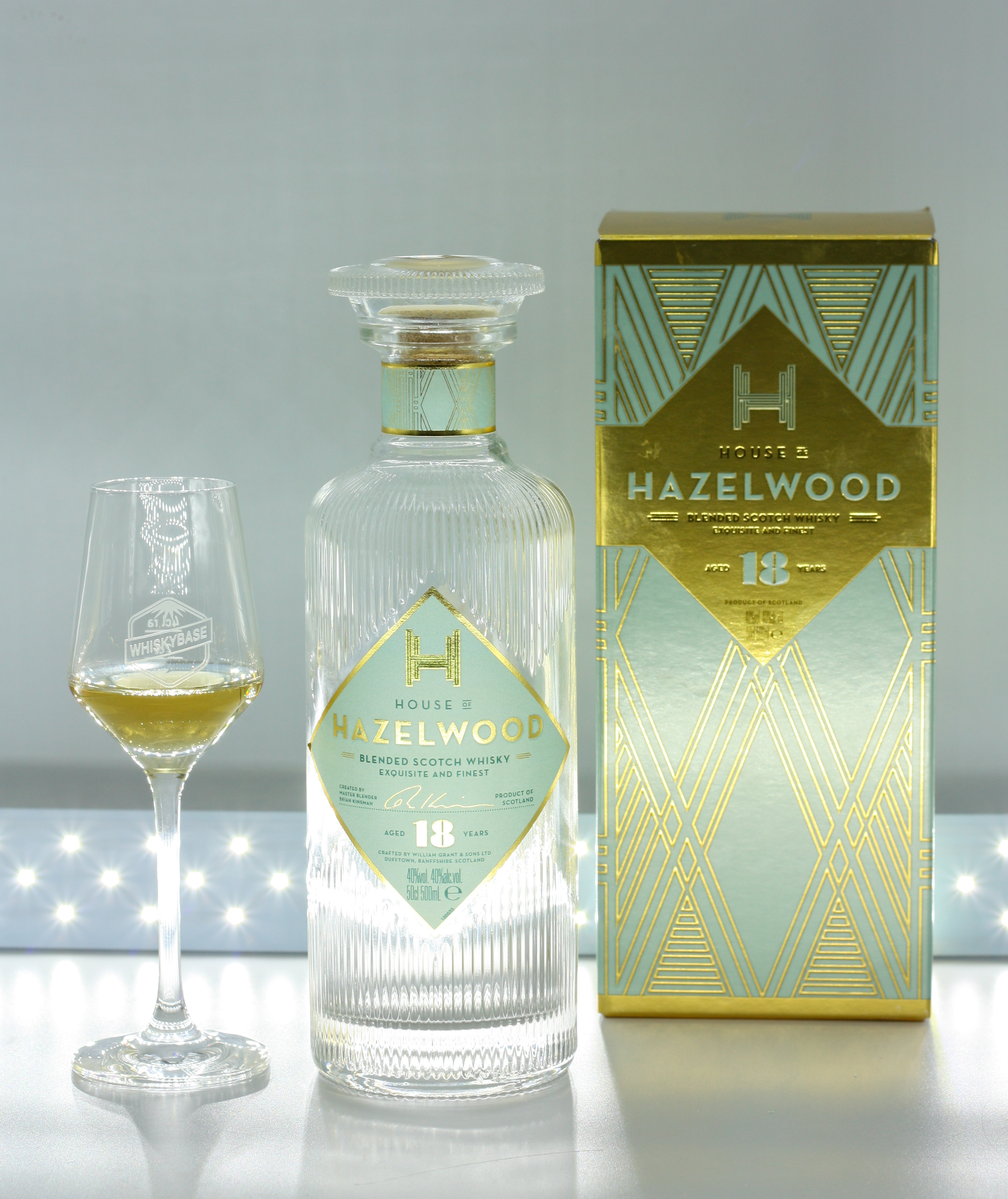We previously provided a technical introduction to Loch Lomond distillery while reviewing a superb Croftengea whisky from Les Grands Alambics, a French bottler and shop. As mentioned earlier, Loch Lomond is a remarkably versatile distillery employing various types of stills, including pot stills, straight-neck “Lomond” stills, and both short and tall column stills. This diverse array of stills enables them to produce a wide range of malt and grain whisky profiles, providing Master Blender Michael Henry with an extensive palette to work with. While our exploration of Loch Lomond single malts may be limited to affordable options, we shall proceed with a vertical tasting of Henry’s creations nonetheless.
Loch Lomond Distillery
Established in 1966 during the distillery building boom of the 1960s, Loch Lomond was initially a joint venture between Duncan Thomas, the owner of Littlemill distillery, and Barton Brands, a Chicago-based company. Barton Brands assumed full control in 1971 but ultimately closed the distillery in 1984 due to industry downturn. Inver House acquired Loch Lomond in 1985 and subsequently sold it to Glen Catrine Bonded Warehouse Ltd in 1986. Glen Catrine, which also owned Glen Scotia distillery, fostered Loch Lomond’s reputation for flexibility and innovation. However, the distillery’s focus on private label and export business kept its operations relatively under the radar.
In 2014, Loch Lomond distillery was acquired by private equity firm Exponent, leading to the establishment of the Loch Lomond Group, helmed by former Diageo executives.
Loch Lomond Original Review
Loch Lomond Original is a combination of spirits coming from their straight neck Lomond stills and more traditional classic pot stills, with a small part of peated whisky distilled in the Lomond stills. Then, the spirits are aged in a mix of first fill bourbon, refill and re-charred American oak casks. As it is the entry level of Loch Lomond’s core range, it is unfortunately bottled at 40% ABV, coloured and chill filtered. Expect to pay about £25 in the UK and less than €25 in Germany but more than €30 in France…

Colour:
E150.
Nose:
Neat: With a medium-low intensity, the nose reveals aromas of vanilla, dried apricot, hints of glue. I find it also reminiscent of peach-flavoured yogurt, and a touch of tangy pomelo. There’s also a subtle presence of damp, slightly moldy wood.
Palate:
Neat: The palate offers a delicate and thin mouthfeel, accompanied by a pleasantly sweet arrival. Subtle notes of light citrus lend a refreshing touch, while hints of barley water, creamy vanilla, and coconut water continue on the sweet side.
Finish:
The finish is brief, featuring a combination of woody bitterness and a touch of lingering sweetness. However, it dissipates quickly, leaving no significant traces behind.
Comments:
Although the nose is satisfactory, the palate disappointingly lacks depth, resulting in a whisky that is likely to be consumed absent-mindedly, without much contemplation or attention.
Rating: 78/100
Loch Lomond 12-Year-Old Review
Loch Lomond 12-year-old undergoes a maturation period of 12 years in American oak casks before being bottled at 46% ABV. Notably, it is not subjected to chill filtration but does incorporate coloring. This expression is crafted from a blend of unpeated spirits produced by swan neck pot stills, straight neck pot stills (using a broad spirit cut), and straight neck pot stills (employing a narrow cut). Additionally, a higher proportion of peated malt, distilled in the straight neck Lomond stills, is utilized compared to the Original expression. The maturation process involves a combination of first-fill casks (though fewer than the Original), refill casks, and recharred casks. In terms of pricing, a bottle of Loch Lomond 12-year-old typically costs approximately £35 in the UK, €35 in Germany, and between €40 to €50 in France.

Colour:
Deep copper. Not sure if natural.
Nose:
Neat: you can detect aromas of raw malted barley, accompanied by fragrant hints of vanilla and toasted oak. Delicate wisps of smoke are present, along with subtle notes of light oranges and the pleasant scent of cherry tree flowers. The nose also reveals a sweet character with a gentle touch of spiciness.
Palate:
Neat: the palate presents a velvety texture. It showcases a delightful malty sweetness with subtle hints of peat that are not overpowering. The toasted oak notes from the nose reappear, accompanied by a gentle touch of bitterness. The flavours of vanilla, caramel, and a light citrusy note contribute to a well-rounded experience. Additionally, there are nuances of ginger, green apple, and a touch of dark chocolate.
Finish:
Citrus notes continue to linger on the palate. There is the presence of toasted flavours, and a comforting warmth envelops the mouth. The finish maintains a medium length, allowing the flavours to gradually fade away.
Comments:
This whisky makes for a pleasant everyday drink, offering a straightforward yet enjoyable experience. It is not overly intricate, but its simplicity allows for easy appreciation. The nose and palate are both pleasing.
Rating: 82/100
Loch Lomond 18-Year-Old Review
Let us now venture further up the range and explore the Loch Lomond 18-year-old expression. Similar to the Original and the 12-year-old, its recipe encompasses a combination of Swan neck unpeated, straight neck still wide spirit cut unpeated, and straight neck still narrow spirit cut, along with a specific style of peated spirit. Notably, the 18-year-old variation boasts the highest proportion of peated spirit among the three and exclusively matures in refill American oak casks. Unlike its predecessors, this single malt remains unadulterated, neither undergoing chill filtration nor receiving any artificial colouring. It is bottled at a respectable 46% ABV. The price for this whisky typically falls just below £90 in the UK, ranging from around €70-80 in the Netherlands and starting from €78 in France, with prices potentially ascending to higher levels.

Colour:
Chestnut.
Nose:
Neat: the intensity of the nose surpasses that of its 12-year-old counterpart. As anticipated from its unique recipe, a noticeable smokiness emerges. The aroma carries a creamy essence of vanilla accompanied by hints of cinnamon. A touch of honey adds sweetness, further enhanced by the presence of pear juice. Lastly, a subtle note of liquorice weaves through the ensemble, giving a leafy and sweet final touch.
Palate:
Neat: It offers a luscious and creamy mouthfeel. The initial impression on the palate is both sweet and spicy. The flavours of toasted bread and cocoa powder come forward, accompanied by distinct notes of vanilla and honey. A subtle addition of candied ginger adds a touch of warmth, and caster sugar contributes to the overall sweetness. The palate also reveals the presence of orange, green apple, and a hint of apricot.
Finish:
The finish is warm and maintains a medium length. A subtle woody character lingers, complemented by delicate notes of vanilla and a hint of nutmeg.
Comments:
The Loch Lomond 18-year-old makes for a good and refreshing summer drink that is perfect for sharing with friends. It offers a lighter sweetness compared to the 12-year-old expression, which for me enhances the overall experience. This greater balance of flavours ensures a more nuanced and enjoyable moment, perfect for a sunny afternoon with friends.
Rating: 84/100
Loch Lomond 21-Year-Old Review
To conclude this vertical tasting, we unfortunately don’t have the opportunity to sample the top-tier expressions like the 30-year-old or the elusive 54-year-old. However, we have the pleasure of exploring the still highly commendable Loch Lomond 21-year-old. This particular whisky is crafted exclusively using the Lomond stills, comprising the unpeated straight neck still narrow spirit cut, the heavily peated straight neck still narrow cut, and the medium peated straight neck still wide spirit cut. All these spirits mature in refill American oak casks. As is customary with premium whiskies, the price escalates significantly. In the UK, a bottle can range from £160 to £200, depending on whether it predates or postdates the rebranding. Meanwhile, in France, bottles from 2021 and earlier may be found for as low as €132. The sample I have originates from the pre-rebranding era, hence I will be referencing an image of the older bottle. This expression is bottled at 46% ABV, and it remains unadulterated, free from chill filtration and artificial coloring.

Colour:
Deep gold.
Nose:
Neat: On the nose, the Loch Lomond 21-year-old exhibits a milder smokiness compared to the 18-year-old expression, yet it carries a subtle touch of ash. Notes of ginger candy and vibrant orange zest. A distinct aroma of dusty wood shelves permeates, accompanied by hints of wood polish. Additionally, there are subtle nuances of coconut and dried grass. Notably, this whisky becomes more expressive and reveals additional complexities when allowed to breathe, so take your time with it.
Palate:
Neat: The palate offers a creamy and almost waxy mouthfeel. It starts with prominent citrus flavors, which gradually give way to the emergence of chocolate notes after a brief moment. The presence of wood becomes more pronounced, accompanied by oak spice, pepper, and a subtle hint of chili and coriander. The experience evolves, resembling a double espresso, followed by the indulgent taste of Black Forest cake, featuring bitter dark cherries and a dusting of sugar. Similar to the nose, the palate benefits from aeration, revealing additional layers of complexity.
Finish:
The finish showcases lingering citrus notes of lime and orange, with a subtle presence of wood. The warmth on the throat is pleasantly enhanced by gentle spices, whilst a hint of vanilla adds a touch of sweetness. The finish maintains a good length, the longest out of the four whiskies reviewed here.
Comments:
In conclusion, the Loch Lomond 21-year-old is a whisky that delights in the presence of air, as both the nose and palate gradually reveal their hidden depths with time in the glass. Transitioning from the refreshing and summery character of the previous expressions to a more indulgent nature, this expression is very well made and offer a richer set of flavours.
Rating: 86/100
With thanks to Michael Henry for the details given regarding the whiskies recipes. Bottle photos ‘borrowed’ from WhiskyBase. Featured image lifted from whiskyrific.com



